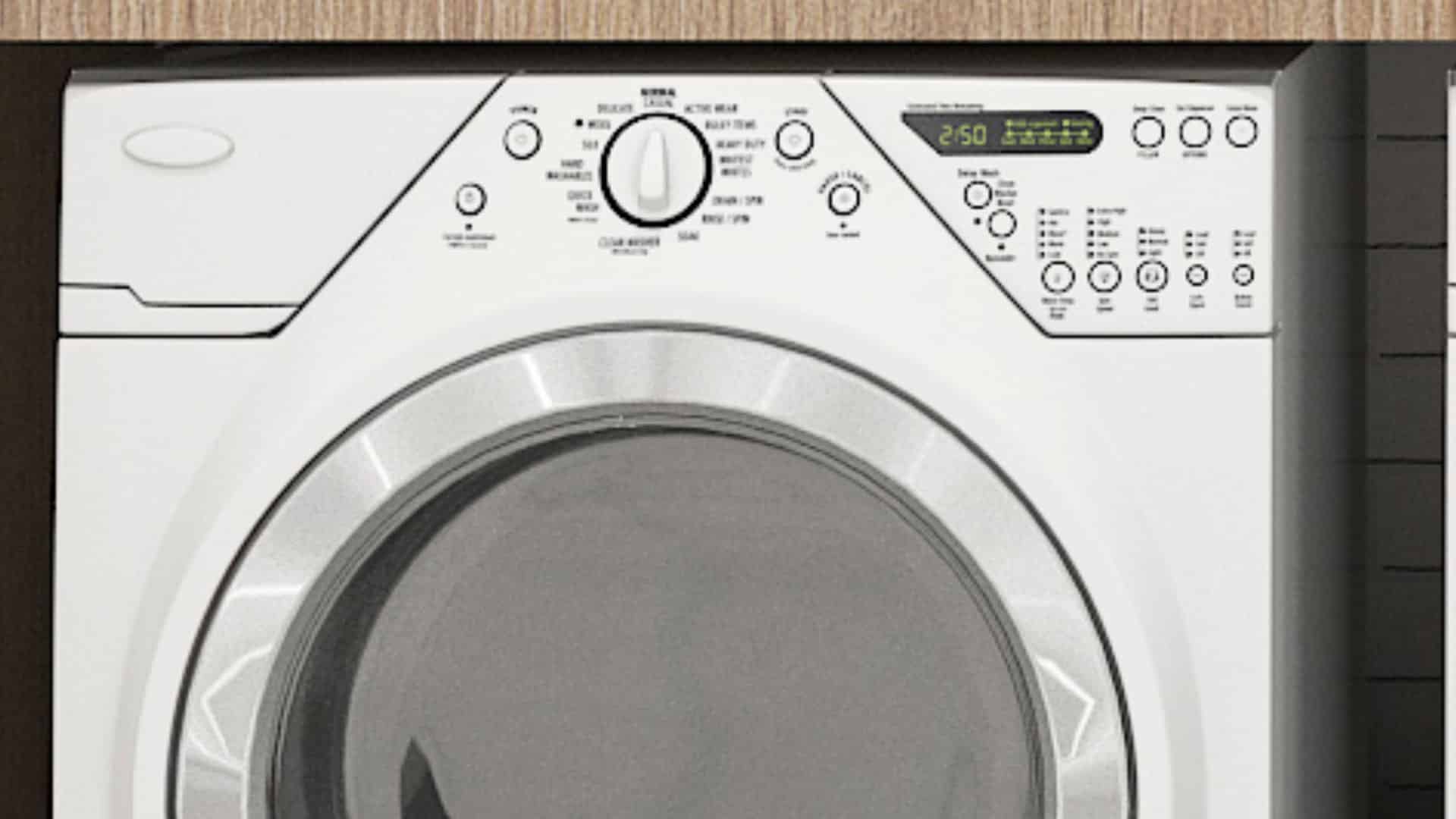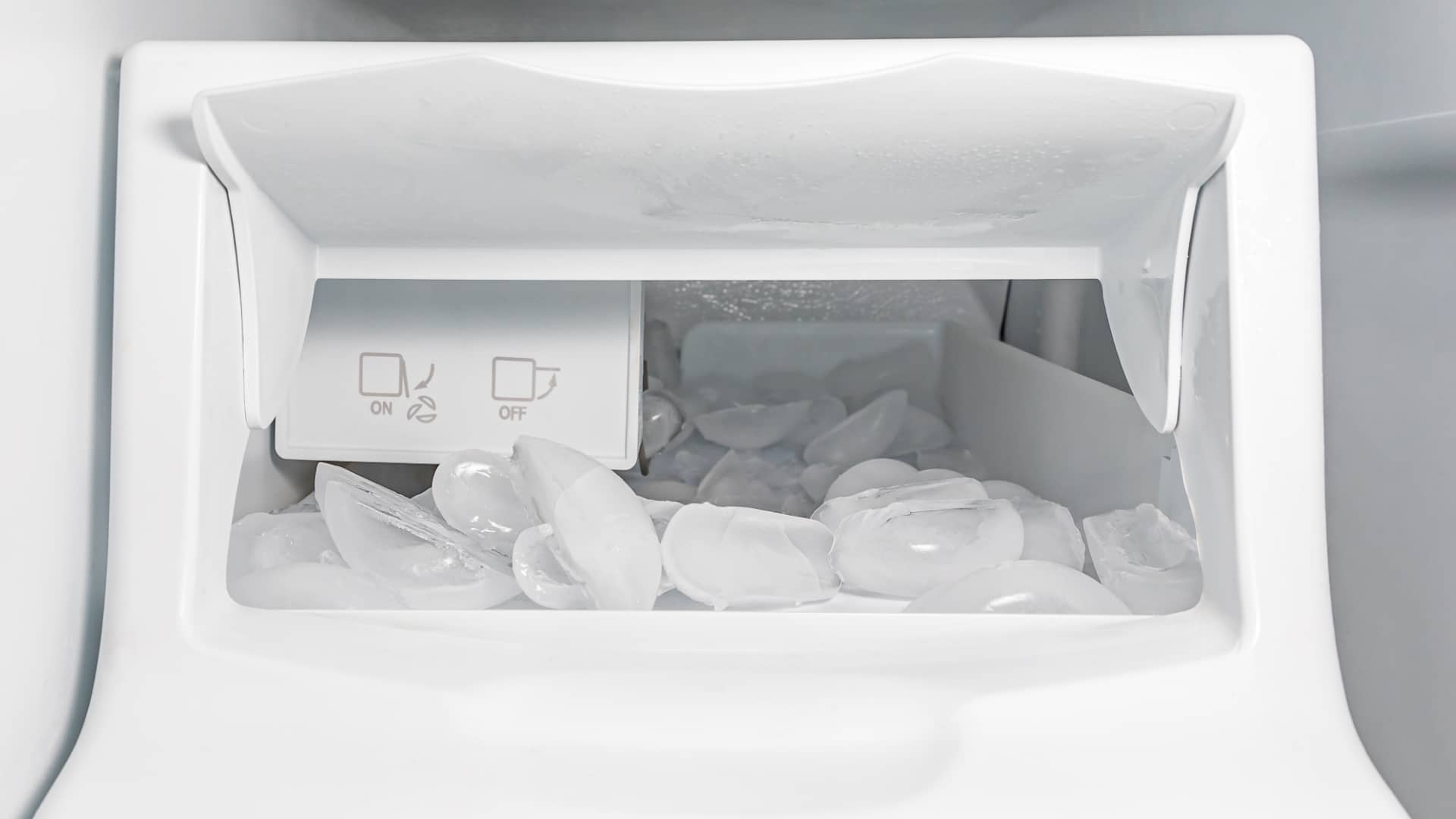
The ice maker in your fridge may be used constantly or only a few times a year. However often you use ice at home, when you do, you want it to be perfect. Whatever shape your ice maker produces, you deserve to have beautifully formed pieces of the size you like best. Many ice makers have adjustable ice trays for larger and smaller cubes. Some have interesting shapes like rings, cylinders, or square ice. When something goes wrong with your ice maker tray or the ice making process, your ice might not come out right. Ice that is broken, undersized, misshapen, or somehow incomplete is the result of a faulty ice maker.
Fortunately, these problems can often be solved with a few simple adjustments at home. Appliance repair need only be called if your ice maker persists in acting up after you’ve done the basics. So let’s get started with the basics on fixing an ice maker with incomplete or broken ice.
Break Up Ice Dams
The first step to most ice maker repairs should be to check for ice dams. Look for any place where frost or re-frozen ice could have built up a blockage in the system. If you have an ice dispenser in the freezer door, check the chute and the dispensing flap and break up ice you find there. The back end of a wooden spoon is the most common and plastic-safe option for the pretty tough job of breaking ice. With a towel to catch the excess, you can also quite easily break up ice dams by pouring warm water into the space where too much ice has built up. Keep that pitcher of warm water handy, we’ll be using it again.
Clean Out the Ice Bucket
If ice is coming out broken or malformed from the ice bin, the problem might be the bin itself. An old ice bin with many layers of old ice on the bottom can cause newer ice to malform once dropped. This is done by breaking ice or re-freezing into large clumps at the bottom of the bucket. If your ice bucket is not pristine for new ice, it can be.
Turn off your ice maker by flipping the fill bar upward. Then remove the ice bin, dump it out, and rinse all the old ice out with warm water. Wash with soapy water, then rinse with vinegar, followed by another water rinse. This will clear out absolutely anything that could have been impacting the quality of your ice.
Put the ice bucket back under the ice maker, flip the fill bar down, and try again.
Pour Hot Water Through the Ice Mold
Your ice mold is what gives shape to the ice in the first place. It follows that if the ice mold is damaged or in poor condition, that it would need to be fixed before you can have well-shaped ice again. The most likely possibility is leftover shards of un-dropped ice at the bottom of the tray, causing new ice to form inside an unstable, and irregular form.
The good news is that you don’t have to remove your ice tray to fix this problem. Grab that pitcher of warm water and carefully pour it over the length of the tray. Place a towel in the bottom of your (emptied) freezer before doing this. The warm water will melt any remaining ice shards or chips and leave a clean mold for the next set.
Inspect the Ice Mold for Damage
If the warm water trick didn’t work and your ice is still malformed, take a closer look at your ice mold. Get a flashlight, remove it if necessary. There may be a flaw with the walls or adjustable feature of the ice mold. There may be debris in the mold that was not ice and therefore not meltable. Look for any problems with the electrical connection or elements. Some ice makers use a heating mechanism to warm and then drop the ice, so ensure this is working as well.
Change the Water Filter
Is your ice too small? One cause for this is that the ice maker is not getting a steady flow of water through the water lines. The most common hold-up is a clogged water filter that hasn’t been changed in years. We often forget that fridges even have water filters, but that’s what makes sure your freezer-made ice is safe to melt in your drink.
Find and change out the water filter. If your ice gets bigger. the problem was water pressure, a blockage through the clogged filter. Remember to change your water filter regularly.
Check the Water Lines for Blockages
Where you can see, inspect the water line that leads from the filter to the ice maker. Ensure there are no blockages in the system. You can do this by opening the back panels or running a tiny snake through the drain. Water line blockages can fully or partially prevent water from flowing down the refrigerator water lines. With clear lines, your ice maker will have full water pressure to fill the ice tray and your ice will get bigger.
Reset the Ice Maker Electronically
If your ice maker isn’t performing normally, try resetting it using the control panel, switch, or more mechanical methods. If you have a control panel in the door, use it to reset the ice maker through software. If you don’t, look for a switch on or near the ice maker. If you don’t find that, flip the fill bar up and, an hour later, flip it back down. You can also choose to disconnect and reconnect the wire harness connecting the ice maker to the refrigerator.
Replace Your Ice Maker
If the ice mold or the ice maker unit are not functioning properly, it’s best to replace the entire ice maker. Replacements are not costly and sub-parts (ex: the mold without the assembly) are not cost-effective to purchase alone. Fortunately, ice makers are not difficult to replace. Contact us today for more home appliance insights or help from an expert on getting your ice maker up and running properly.

How to Fix the nF Error Code on a Samsung Washer

Kenmore Elite Dryer Issues: How To Troubleshoot
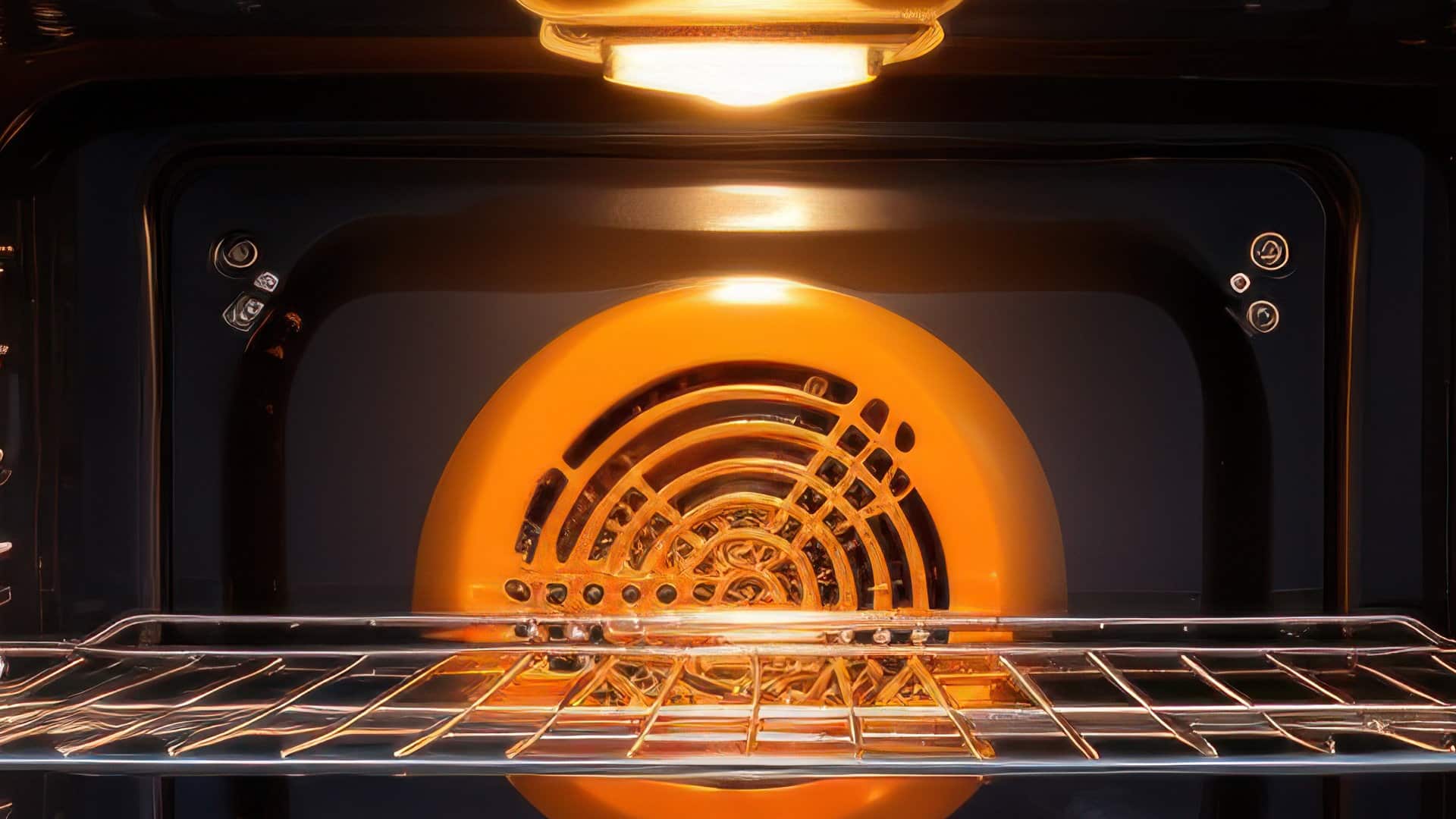
Microwave vs. Oven: Pros and Cons and How They Differ
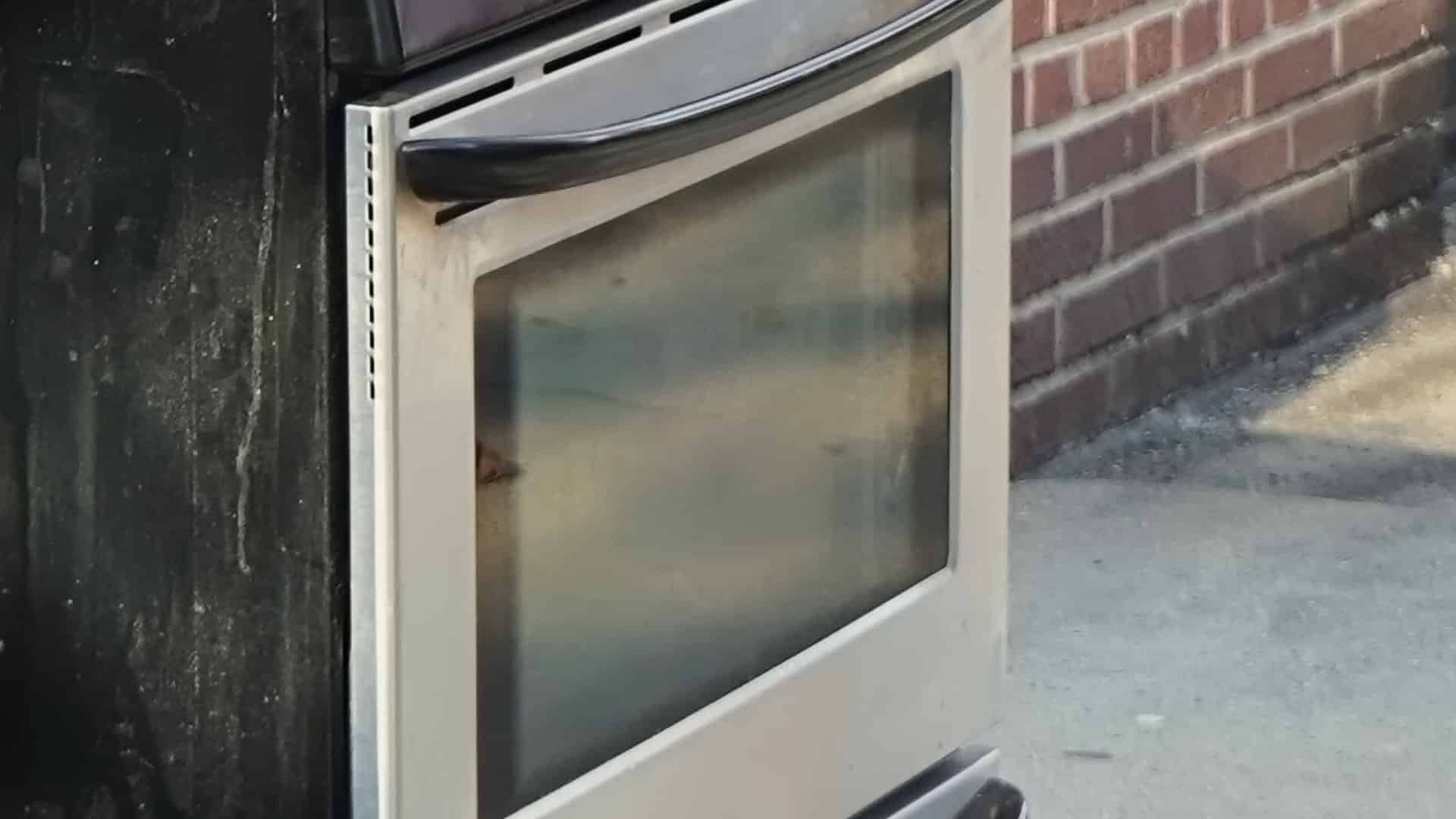
Self-Cleaning Oven Smell: Causes & Odor Reduction Tips
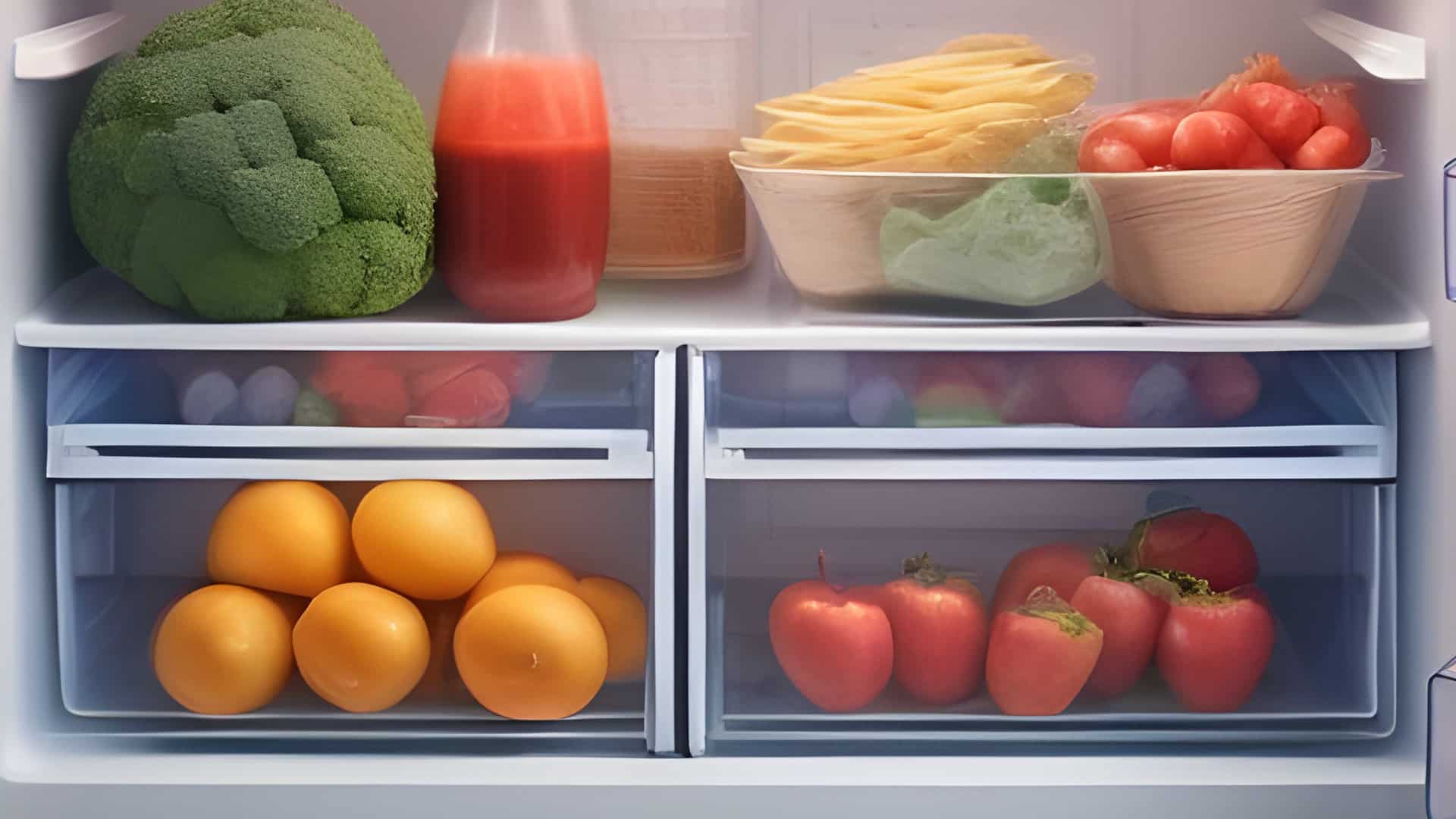
Frigidaire Ice Maker Not Working? 7 Ways to Fix It
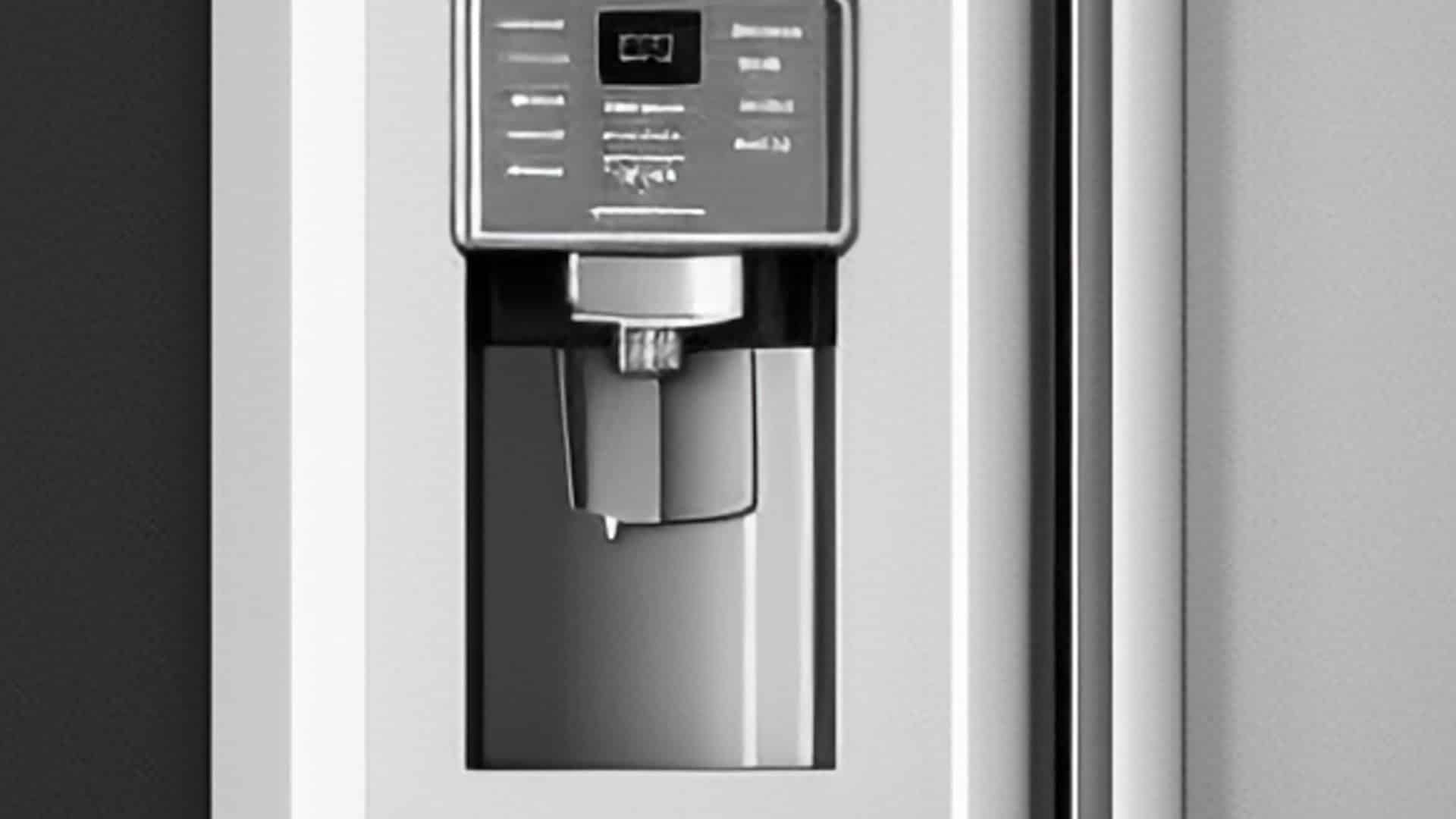
Why Is Your LG Refrigerator Not Cooling? (9 Common Reasons)
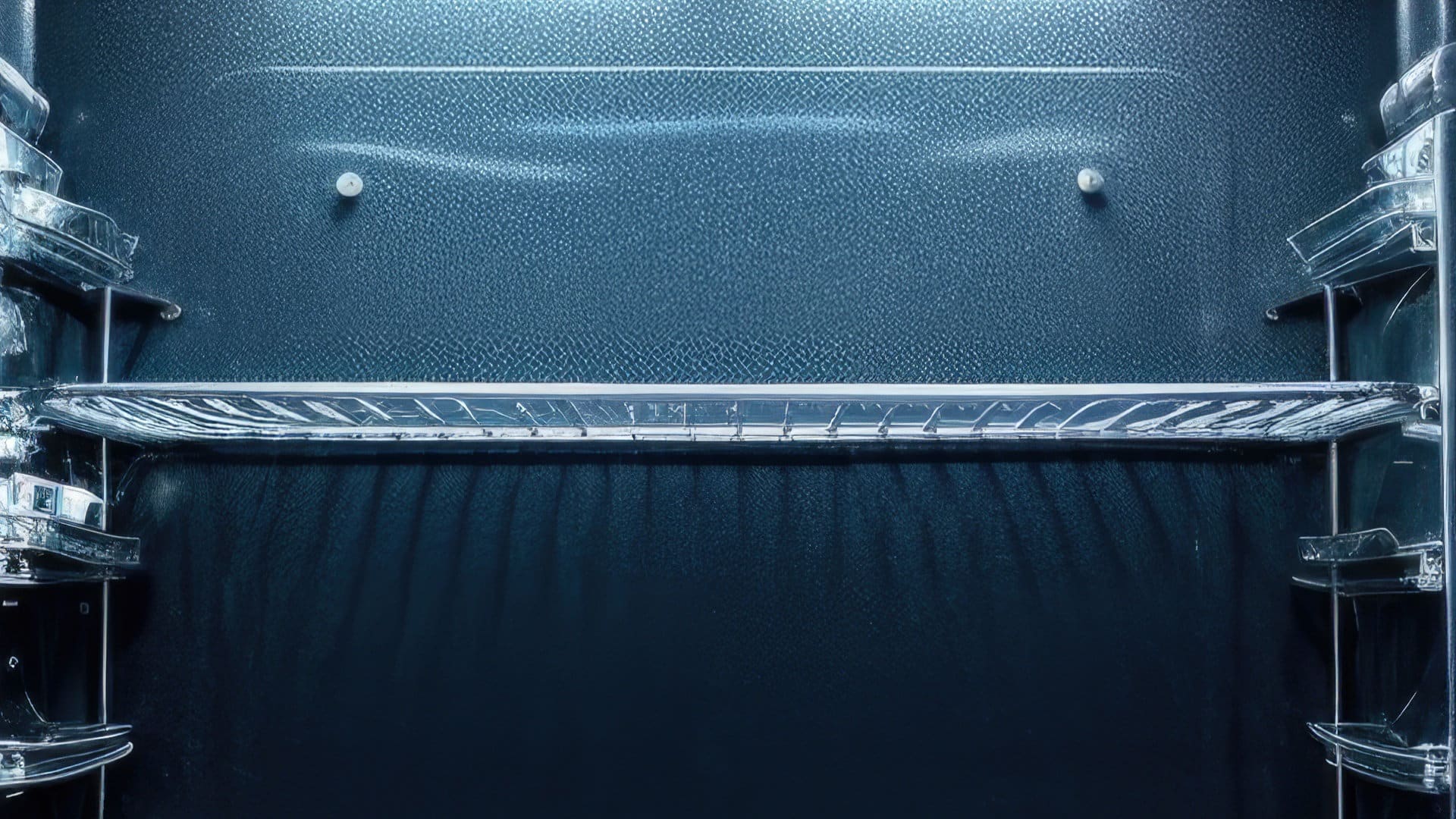
GE Oven F2 Error: Causes & Solutions
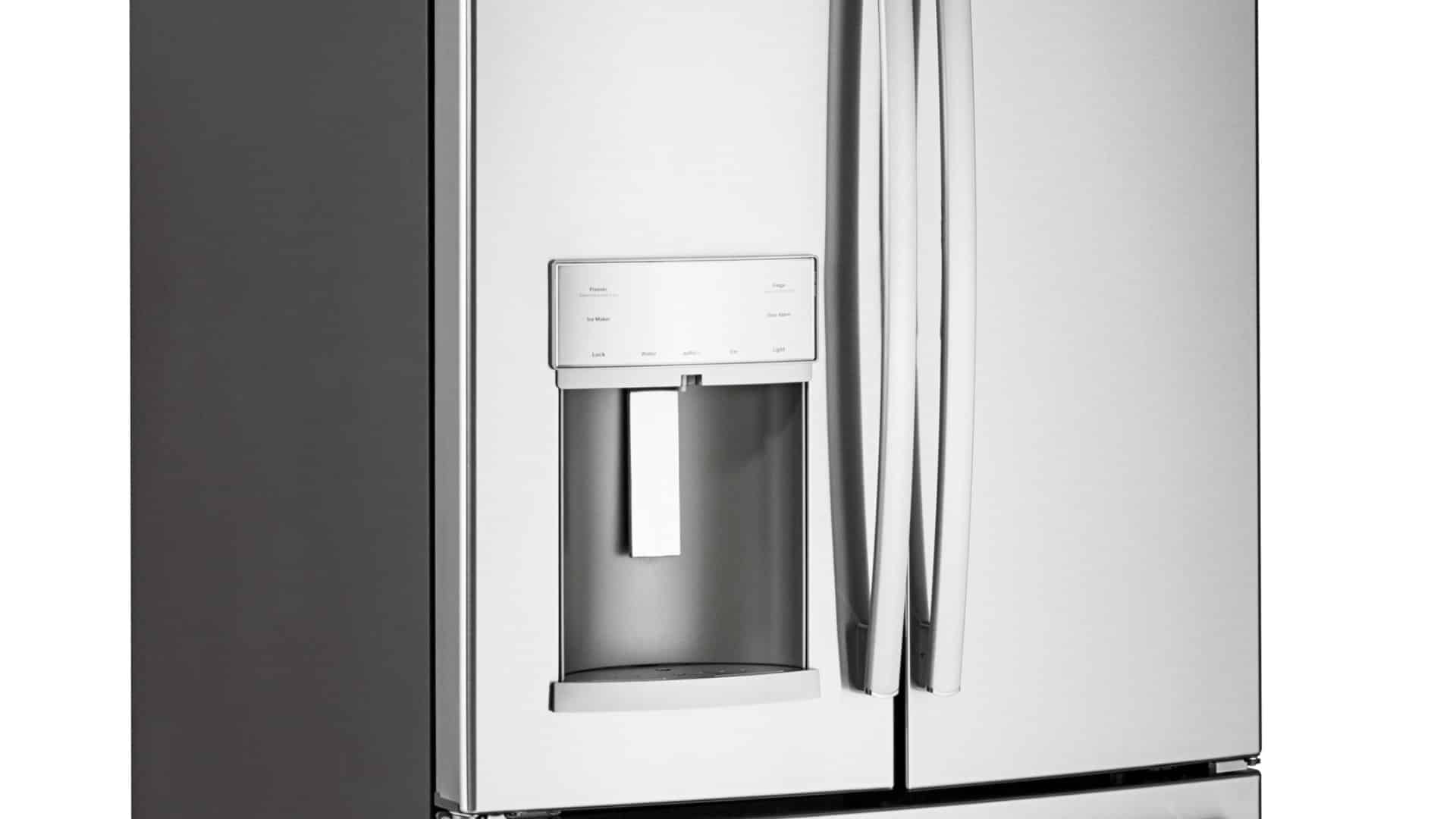
How to Reset the Water Filter Light on a Samsung Refrigerator
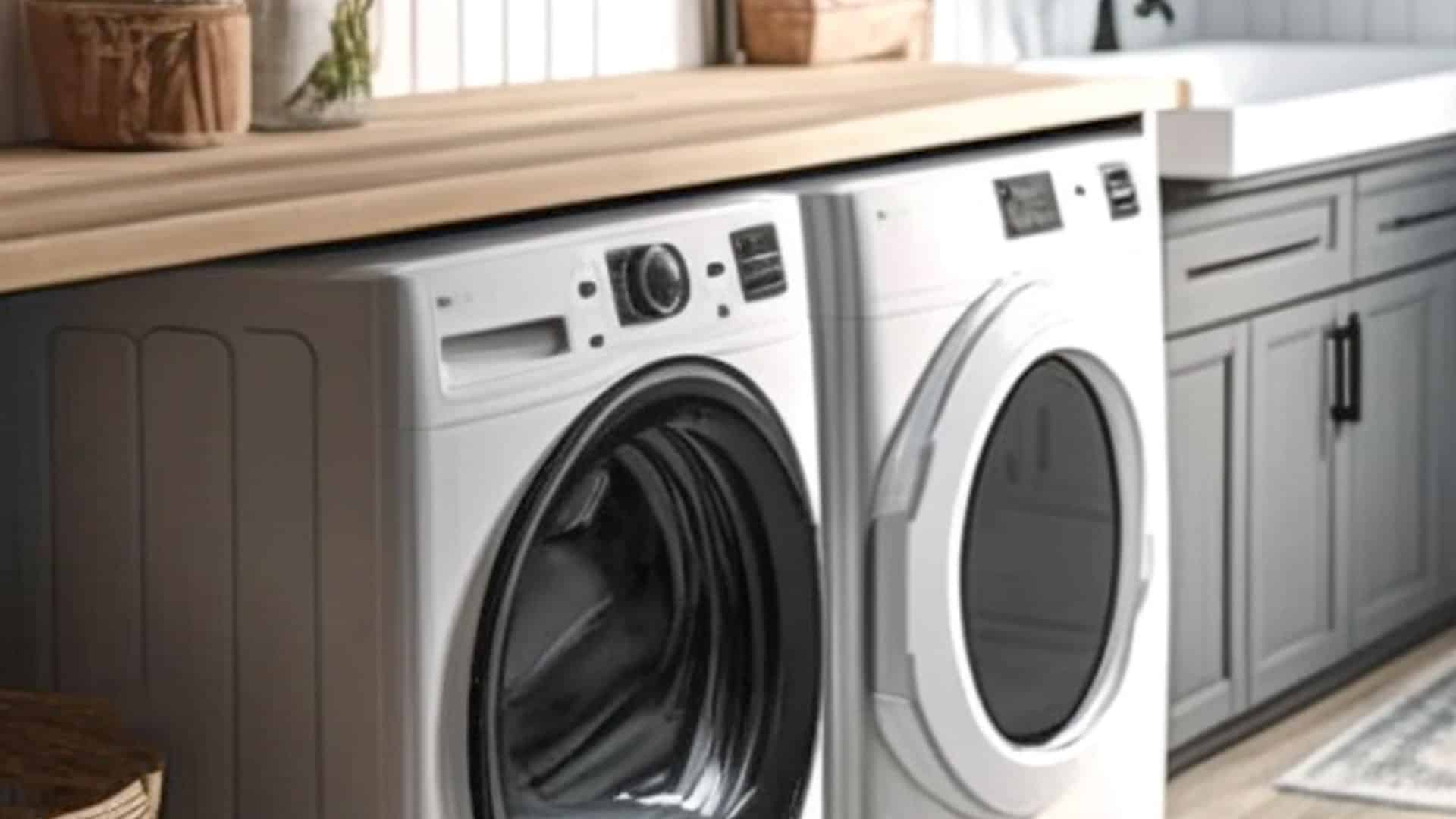
Maytag Washer Showing F5 Error Code? Here’s What To Do
